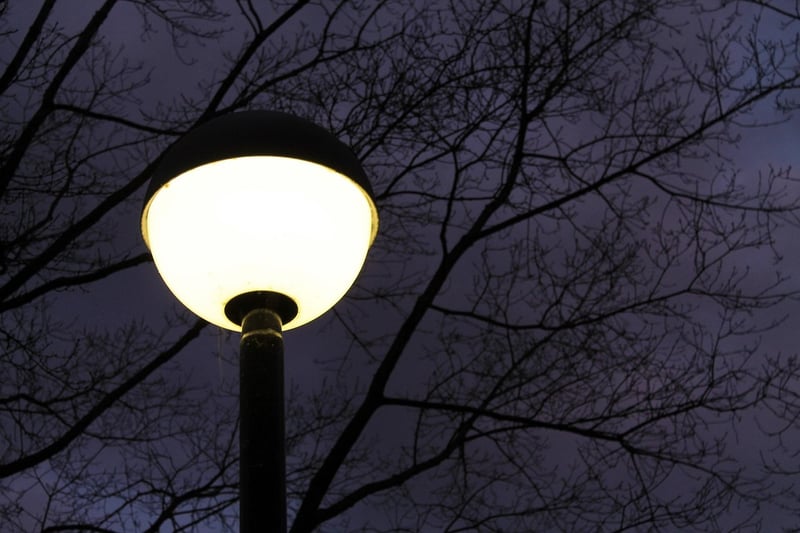Artificial Lighting
Understanding Plant Lighting: Artificial Lighting Guide
Plants require light for photosynthesis, a crucial process for their growth and development. While natural sunlight is the best source of light for plants, artificial lighting plays a vital role in indoor gardening or supplementing sunlight in specific conditions. Understanding plant lighting and choosing the right artificial lighting is essential for the health and productivity of your plants.
Natural Light vs. Artificial Light
Natural sunlight provides a full spectrum of light essential for plant growth. However, indoor plants or those in low-light environments may not receive adequate sunlight. Artificial lighting can help provide the necessary light spectrum to support plant growth. There are different types of artificial lights commonly used for plant cultivation:
- Fluorescent Lights: Energy-efficient and suitable for seedlings, clones, and low-light plants.
- LED Grow Lights: Highly efficient and customizable for different growth stages.
- High-Intensity Discharge (HID) Lights: Provide intense light output for flowering and fruiting plants.
Factors to Consider
When choosing artificial lighting for your plants, consider the following factors:
- Light Spectrum: Different plants have varying light requirements during different growth stages.
- Light Intensity: Ensure the light intensity matches your plant's needs.
- Light Duration: Most plants require around 12-16 hours of light per day.
- Energy Efficiency: Choose lights that are energy-efficient and cost-effective in the long run.
Benefits of Artificial Lighting
Artificial lighting offers several benefits for plant growth:
- Allows for year-round cultivation, regardless of outdoor conditions.
- Enables control over light spectrum and intensity for optimal plant growth.
- Helps supplement natural light in areas with limited sunlight.
- Supports the growth of a wide range of plants, including those with specific light requirements.
Conclusion
Understanding plant lighting and choosing the right artificial lighting can significantly impact the health and growth of your plants. By considering factors such as light spectrum, intensity, and duration, you can create an ideal environment for your plants to thrive. Whether you are a beginner or experienced gardener, artificial lighting can be a valuable tool in your plant care routine.

Explore the world of artificial lighting and watch your plants flourish under the right light!
For more gardening tips and tricks, visit Gardening Website.
